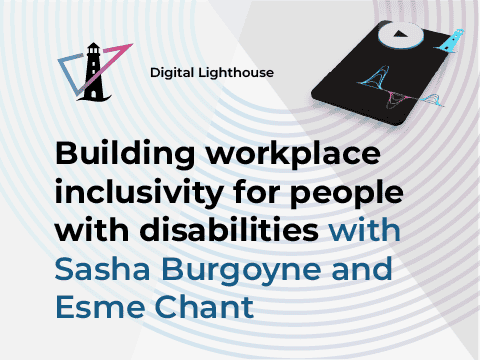
Smarter healthcare is a key part of the smarter state. Softwire MD Zoe Cunningham looks at ways tech is already making us fitter and healthier.
When people talk about healthcare in the smarter state, minds often jump to wearable technology and the IoT. Devices that enable us, our doctors, families and friends to keep tabs on our health are already proving transformative.
But the exciting thing is that there are so many more ways the ever-smarter states we live in can help us lead healthier lives. Some of these tech-driven initiatives are truly pioneering. Others may be things we already take for granted. But they can all play a vital role in keeping us fit and healthy.
We’ve been involved in a fair few digital health projects in recent times, and wanted to highlight some of the ways technology is helping prevent, detect and cure a variety of conditions.
Supporting prevention
Wherever possible, the best way to protect our health is by preventing conditions taking hold.
Take noise-induced hearing loss. According to the World Health Organization, more than a billion teenagers and young adults are at risk, partly because of listening to excessively loud audio through their smartphones. LimitEar’s HearAngel app is breaking new ground in combating this risk. It measures how loud you listen, how long you listen for and, crucially, the energy content of what you listen to. It then tells you when you’ve reached your safe daily sound dose, and can automatically adjust the audio to protect your hearing.
Elsewhere, think about how online and mobile fitness reservation systems remove barriers to exercising. By making the booking process as easy as tapping a few buttons on an app – as opposed to trying to get through to a busy reception desk – forward-thinking fitness providers are making it easier for us to exercise. And this can help prevent conditions such as type 2 diabetes and coronary heart disease.
Detecting conditions when there’s still time to intervene
Of course, prevention is just part of staying healthy. Early detection of conditions that can’t be (or haven’t been) prevented can be the difference between recovery, life-long ill effects, or worse.
Take sight loss: numerous eye conditions can lead to partial or complete blindness if they’re not detected and treated quickly. The challenge, in many cases, is that diagnosis is time-consuming and labour-intensive, requiring a skilled doctor to analyse and interpret a scan of the eye. DeepMind and Moorfields Eye Hospital ran an artificial intelligence project to test how well technology could perform this interpretation. The results were incredible: the team produced an algorithm that could “correctly recommend how patients should be referred for treatment for over 50 sight-threatening eye diseases as accurately as world-leading expert doctors”. This included prioritising those in need of urgent care. This is hugely exciting, demonstrating the potential of AI to both free up doctors to spend more time saving sight and fast-track high-priority patients.
More effective cures
If a condition does take hold, we need effective cures. And here again, technology is helping us recover in so many different ways.
Today’s GPs and healthcare professionals anywhere in the world can access comprehensive, up-to-date information on huge numbers of drugs, thanks to digital platforms such as MedicinesComplete. This type of knowledgebase complements the healthcare worker’s own expertise, and can help ensure each patient is prescribed the most appropriate medicine.
Elsewhere, many patients requiring potentially life-saving transplants pin their hopes on finding a match on a donor register. The better the registers’ search systems, the quicker and more accurate this matching process can be – which increases the likelihood of a positive outcome. Anthony Nolan is one such organisation modernising its technology, creating a powerful, cloud-based platform and search capability that directly supports its aim of helping save and improve more lives.
Where could smarter technology take us next?
These examples show just how broad technology’s impact can be on our health – and they’re just the tip of the iceberg. Thanks to the innovation taking place across the sector, tomorrow’s smarter states will give us all the chance to lead fitter and healthier lives. Now, time to book that badminton court…


